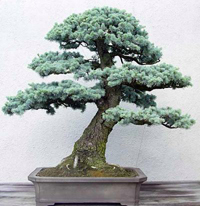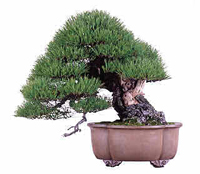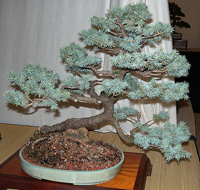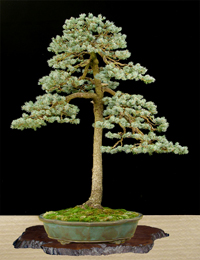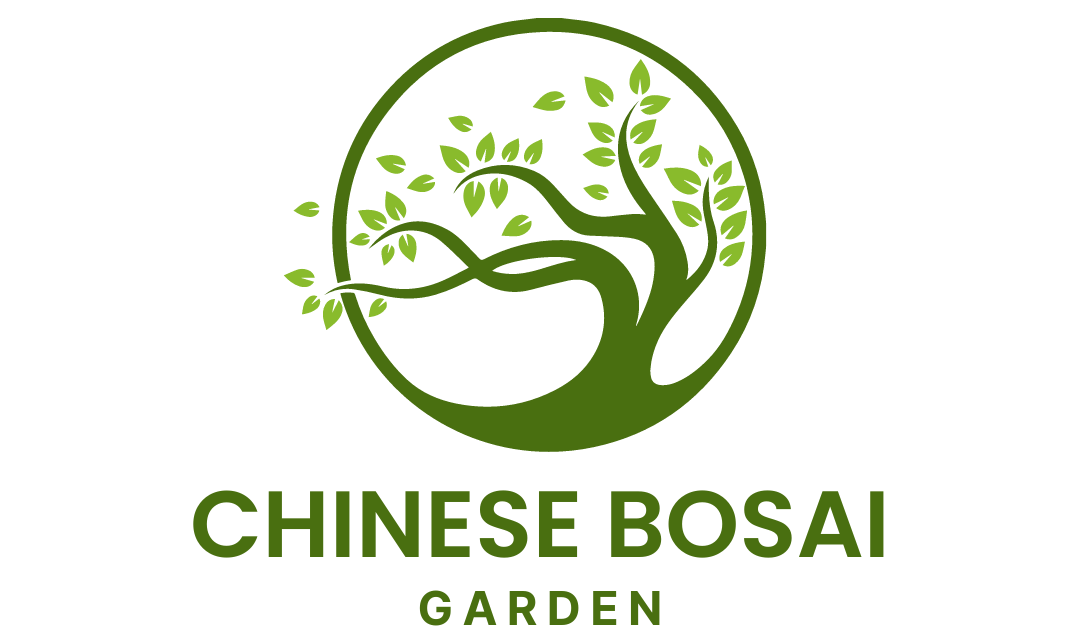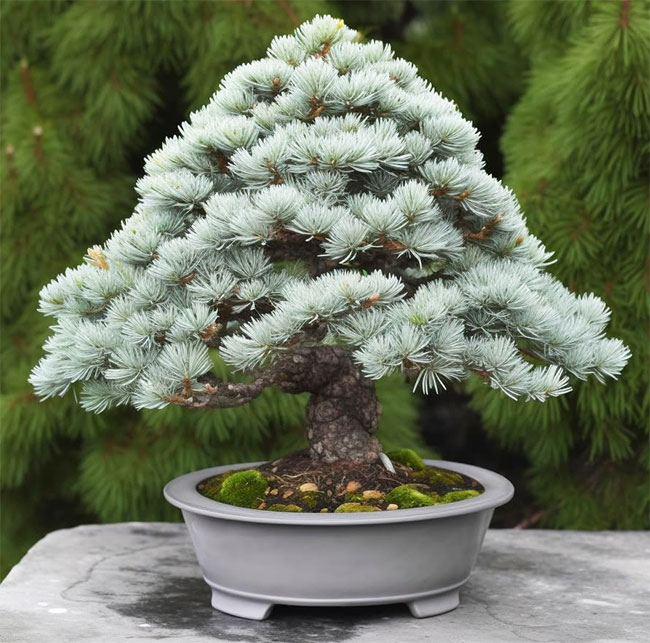
The Colorado Blue Spruce Bonsai Tree, scientific name Picea pungens ‘glauca’, just like Picea glauca conica belongs to the Pinaceae family.
It is an evergreen native to cool forested regions of the Northern Hemisphere. It has distinctive stiff blue-green needle-like leaves.
Striking blue-colored foliage has made the blue spruce a popular bonsai tree in the United States. In the wild, it can grow up to 50ft tall and 20ft wide.
Additional Information
Family: Pinaceae
Scientific name: Picea pungens ‘glauca’
Common Names: Colorado Blue Spruce, Blue Spruce
Origin: Native to Northern Hemisphere regions.
Appearance: It is a bushy evergreen that has a compact, pyramidal shape. Unlike pine foliage, Spruce needle-like leaves spread around the stem. Dense blue-green foliage is supported by a thin gray-brown trunk that gets thicker and ridged with age. Roots are widespread and near the soil surface.
Flowering: It produces small inconspicuous that are monoecious, meaning male and female flowers on the same plant. Flowers are followed by small (if any) cones which are cylindrical and pointed at each end.
Outdoor/Indoor Use: Outdoors. Needs to be exposed to cold temperatures during winter. Protect roots from freezing temperatures.
Light Requirements: Full sun to partial shade.
Water Requirements: It likes moist but well-drained soil. Needs daily watering from spring to fall. Needs less water during winter months. Never allow the soil to dry out completely. Misting is appreciated spring-fall.
Pruning/Training: Do major pruning in early fall when wounds will “bleed” less. Never remove all needles. During growing season wait for the new shoots to grow to 1 inch then pinch them back to about two-thirds of their length.
You can use wires in late autumn or winter. Some spruces are difficult to wire because they quickly return to their original shape once the wire is removed.
Bonsai Style: Most styles except for broom. Good styles for Dwarf Alberta Spruce Bonsai include straight-trunk, curved-trunk, windswept, and multi-trunk.
Fertilizing: Feed with a well-balanced liquid fertilizer every two weeks from spring to fall.
Repotting: Needs to be repotted every two years during spring before the new growth begins or in the fall. Specimens over 10 years old can be repotted once every 5 years. It likes neutral to acidic, moist, well-drained soil. Use regular bonsai soil mix.
Hardiness: Grows best in the USDA Zones 2-8. Spruce is a hardy plant that needs to be exposed to cold temperatures during winter. Protect the roots from deep frost. In warmer climates place your spruce in the shadiest part of our yard during winter.
Insects and Diseases: Aphids, spider mites, rust. Two types of rust can occur but are usually only temporary conditions. Adelgids may cause pineapple-like galls on shoots.
These soft-bodied insects feed by sucking plant juices. These insects don’t do serious damage but can weaken the trees and make them susceptible to other insects and diseases.
Propagation: By seeds or softwood cuttings in late autumn or early spring.
Buy Colorado Blue Spruce Bonsai »
